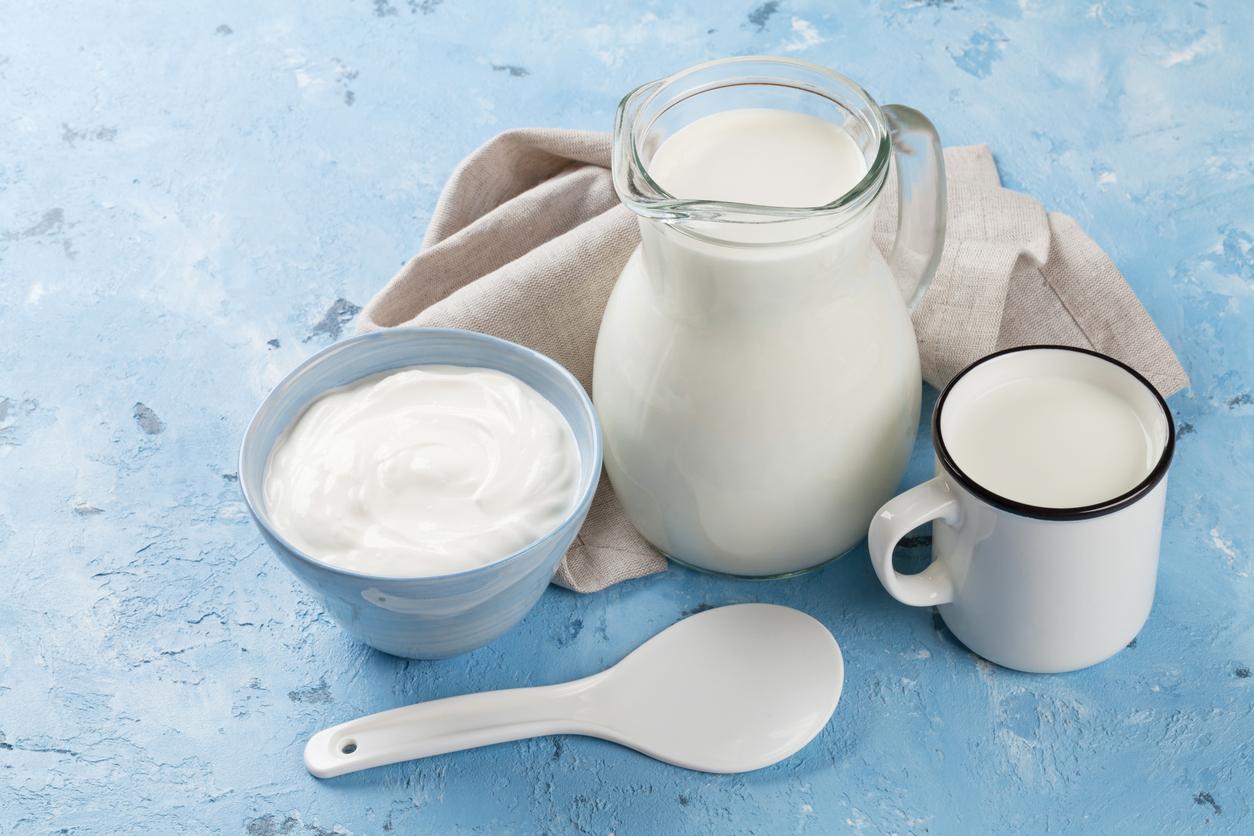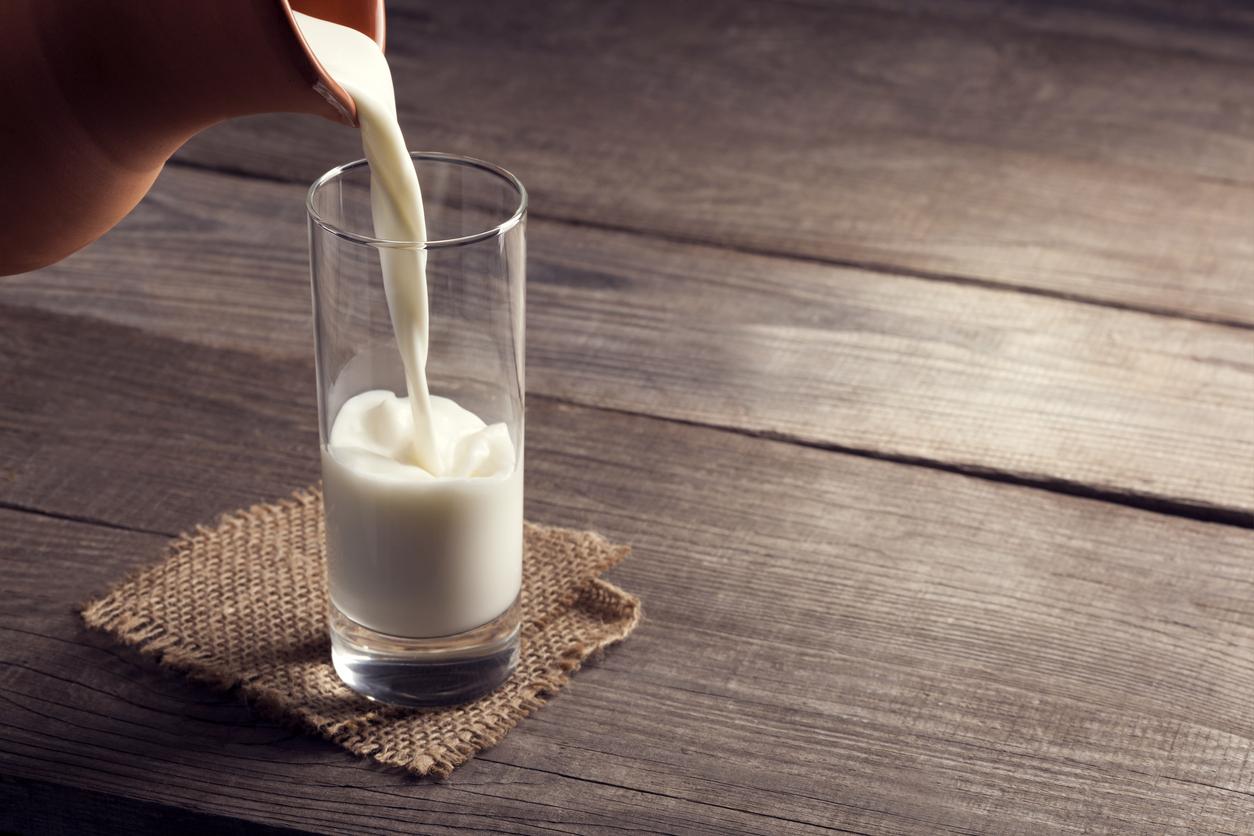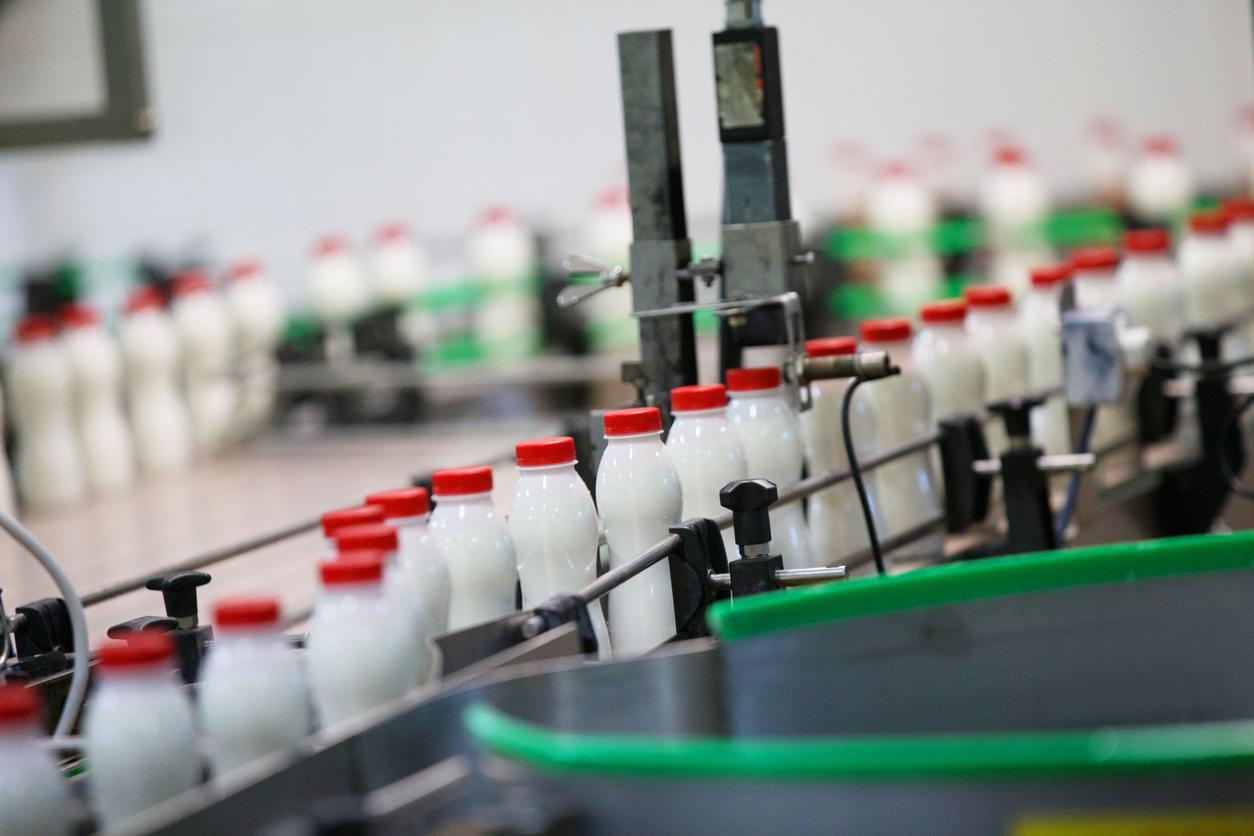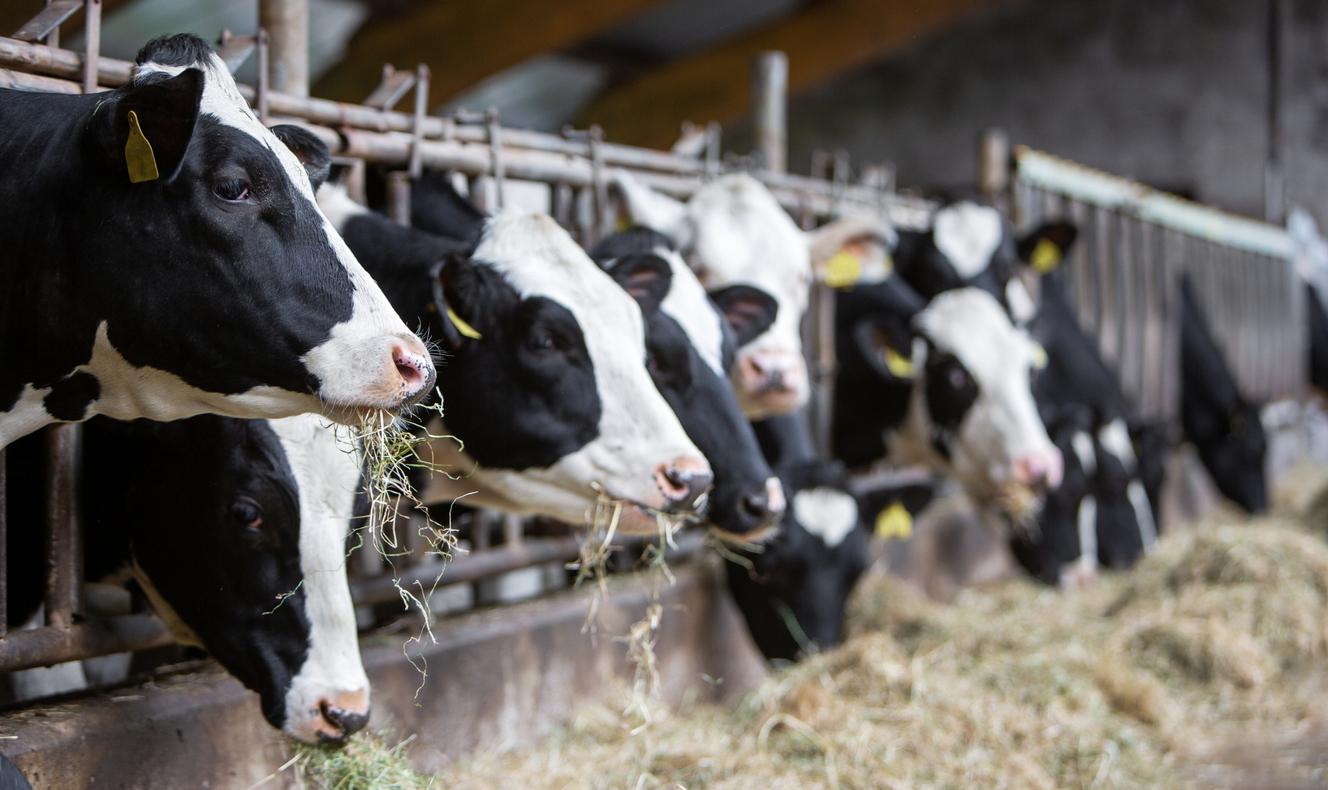
A lactose-free milk, supplemented with nutrients and harvested on ecologically responsible farms: this is the daring gamble taken up by Coca-Cola, the giant of sodas. The product, presented as “a premium milk that tastes better”, will be marketed from the end of December under a new brand, Fairlife. The group intends to sell its “new nutritional drink” twice as expensive as regular milk. It must be said that in addition to its very low lactose content (less than 0.1 g / 100 ml against about 5 g for regular milk), Fairlife will contain 50% more protein and calcium and will see its content in refined sugars drop by 30%.
Why lactose-free milk?
This new investment in the milk market appears audacious since in the United States, milk consumption has collapsed since the 1970s. The fault, it is believed, is the lactose contained in milk and responsible for intestinal disorders in some people (abdominal cramps, diarrhea, gas, etc.). But who is this much-maligned lactose? It is simply a sugar naturally present in milk which, when ingested, must be broken down into glucose and galactose to be digested. The body uses an enzyme for this, lactase, produced by cells in the intestine. The problem is that from the age of 3, the production of this enzyme decreases drastically.1 (we are talking about 90 to 95%) in all mammals. Thus, it is estimated that only 30% of the world’s population retain enough lactase to properly digest milk. The Asian, Native American and African American populations are the most affected by this absence of lactase.
Lactose intolerance
But what happens in the body of an individual who no longer produces enough lactase and who continues to drink milk? Lactose molecules are not digested and therefore remain intact in the stomach. They attract water molecules and cause various gastric discomfort, the intensity of which will increase depending on the amount of milk ingested. Unfortunately, today, no therapeutic means are known to increase the expression of this enzyme. As a result, many people give up milk, or even all dairy products, even though yogurts or cheese are much more digestible. Indeed, the lactic acid bacteria they contain contain lactase2, 3. This means that it is possible to drink milk without suffering from discomfort as long as one brings, in parallel, the famous enzyme. This is why there are lactase fortified milks!
A drink more and more shunned
Lactose is not the only reason to turn away from milk. Allergy to the protein in cow’s milk, casein, is also a problem for some people. Still, milk is an excellent source of calcium and vitamin D, which are said to be beneficial for bone health. One thing is certain: by removing lactose from its product and enriching it even more with nutrients, Coca-Cola intends to bring lactose intolerant back in its wake. And attract a range of “high-end” consumers.
|
Sources 1. Sahi T. – Genetics and epidemiology of adult-type hypolactasia. Scand. J. Gastroenterol., 1994, 29 (Suppl. 202), 7-20. |














